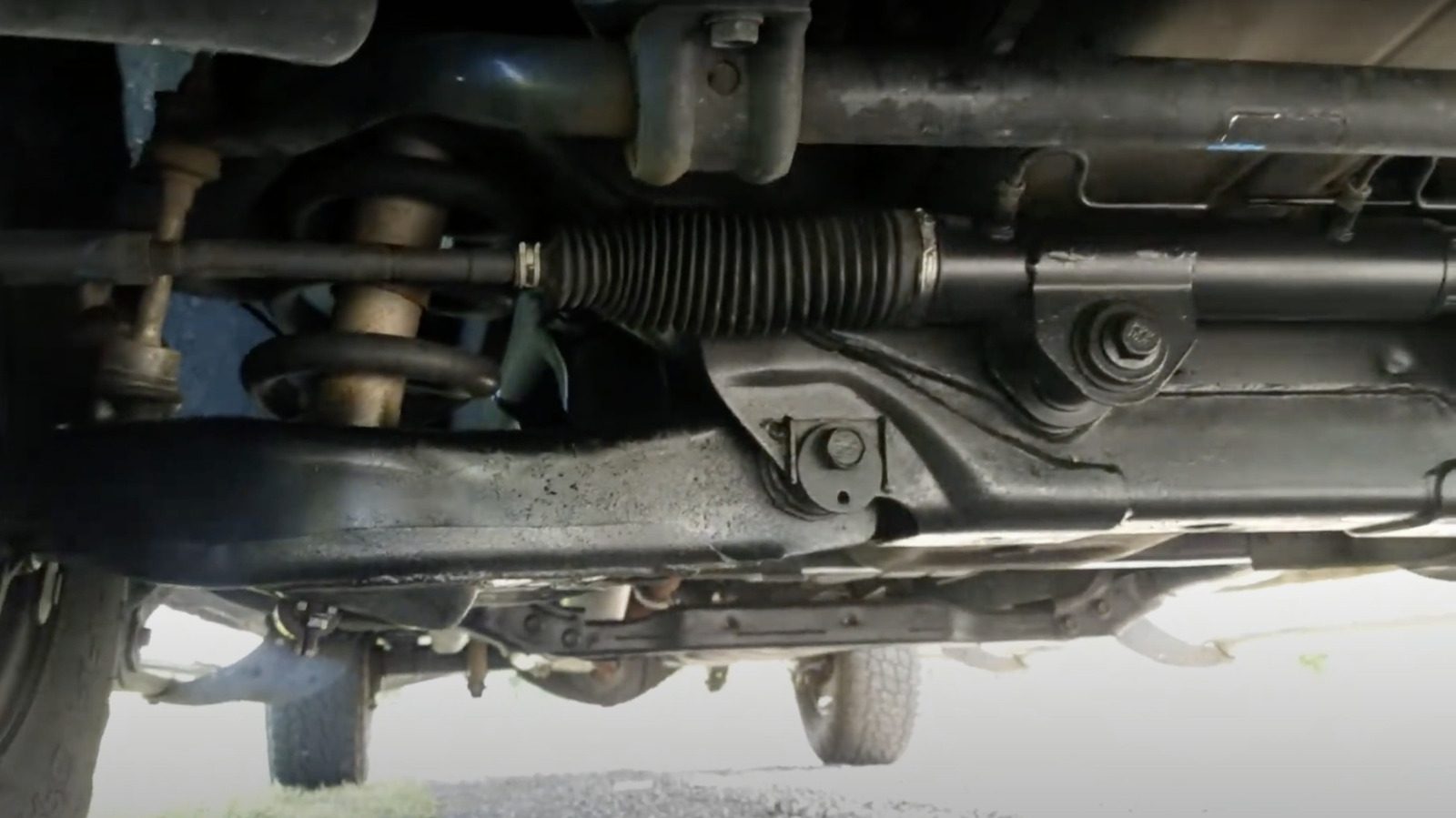
Our readers already consider Rhino Linings and similar spray-on bed liners to be one of the best car accessories. Such products have become popular for many applications beyond the bed as well. I once used it on a motorcycle gas tank, both to grip it better with my knees and to give the bike that “Mad Max” look. Off-road enthusiasts often coat their vehicle exteriors with it for added protection from scuffs and scrapes on the trail. Some even coat the underside to give it the same extra protection, toughness, and to help prevent rust. But how much does it actually help?
Owners who have done this say that Rhino Linings are an effective deterrent to new rust forming as long as the area is properly prepared, and the liner is applied properly. Its toughness will help protect the metal from underside bumps and bruises that could scrape ordinary paint, expose bare metal, and allow rust to form. However, applying liner will not fix any rust that already exists, and will not adhere to it. Any existing rust, no matter how small, must be treated and removed completely before spraying on Rhino Linings or any other finish, such as paint or traditional rubber undercoating.
What owners say
Owners agree that preparation is everything when it comes to applying Rhino Linings under your truck. Just like a paint job, the liner needs a clean but rough, sanded surface so it has something to grab onto. Anything from minor surface rust to huge rust holes must be fixed first. Areas that have not rusted through can be sandblasted and chemically treated to get rid of it. If there are already holes through the metal, that area must be cut out and replaced with new metal, primed, and painted before applying Rhino Linings.
Some people recommend POR-15 as an alternative. POR-15 will bond to rusty metal chemically, not just cover it up like Rhino Linings or paint. Both products form a hard, protective coating on top of the metal, but POR-15 leaves a smooth surface, not a rough one like bed liner. It may be worth considering if you already have rust issues that you want to fix, or if your truck rarely leaves pavement, and you don’t really need the extra toughness.
Other owners suggest avoiding buying a vehicle that already has a Rhino Linings treatment. Unless the seller can prove otherwise, you don’t know whether the job was done correctly or if it was just sprayed on top of existing rust to look good and facilitate a quick sale. Also, be mindful that coating your own vehicle this way may give future buyers pause for this reason, even if you do it correctly.
What the professionals say
While the Rhino Linings website lists many applications for its products, ranging from trucks to ATVs to military vehicles, it does not mention undercoating applications except for boats. “Rhino® products prevent rust, corrosion, and abrasion,” says Rhino’s Jeep page. It is important to note that Rhino only claims to prevent rust, not to treat existing rust. Owner experience corroborates this. Think of it like a strong, durable paint, rather than a magic bullet to fix all problems. Its main advantage is its toughness. If your needs require a different advantage, use a different product that provides it.
One final point to consider is that while Rhino Linings can coat the outside, it can’t reach the inside of areas like the frame, subframes, or suspension components. Even if you have a perfect application on the outside, it’s still possible that these parts could rust out from the inside. Professional undercoating and oil injection are better for hard-to-reach areas like these.

